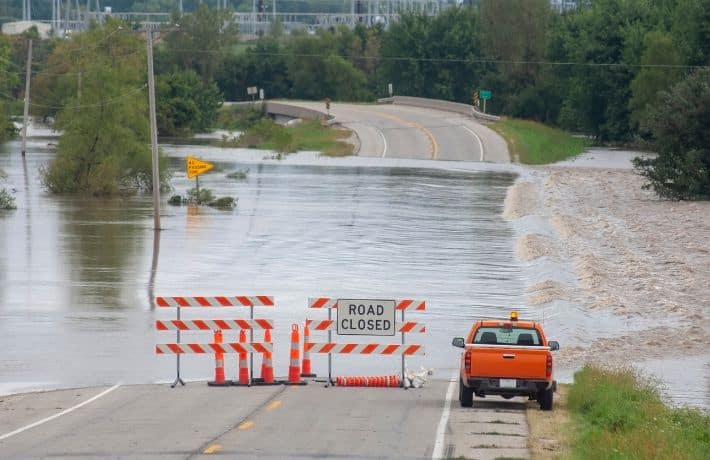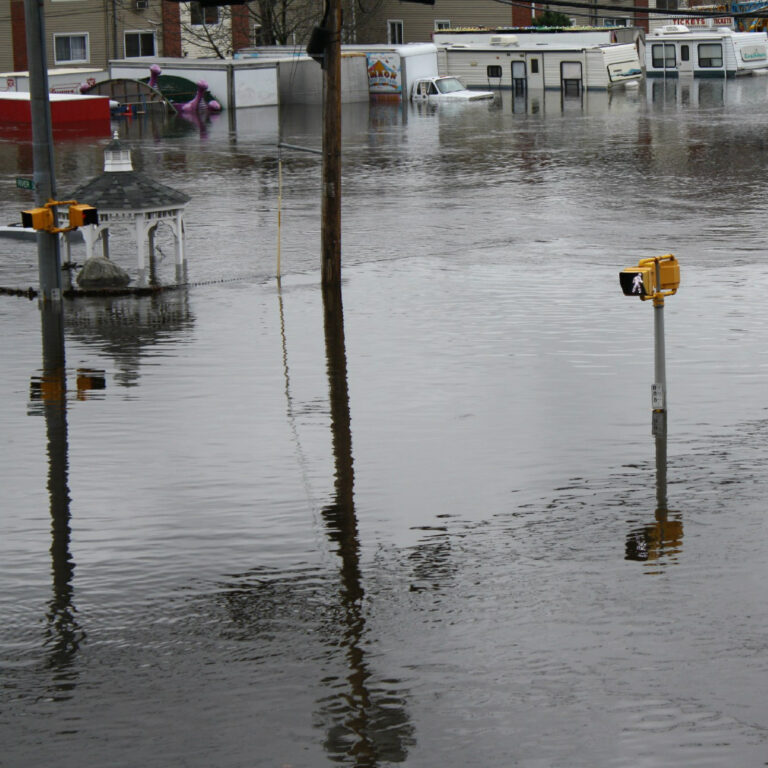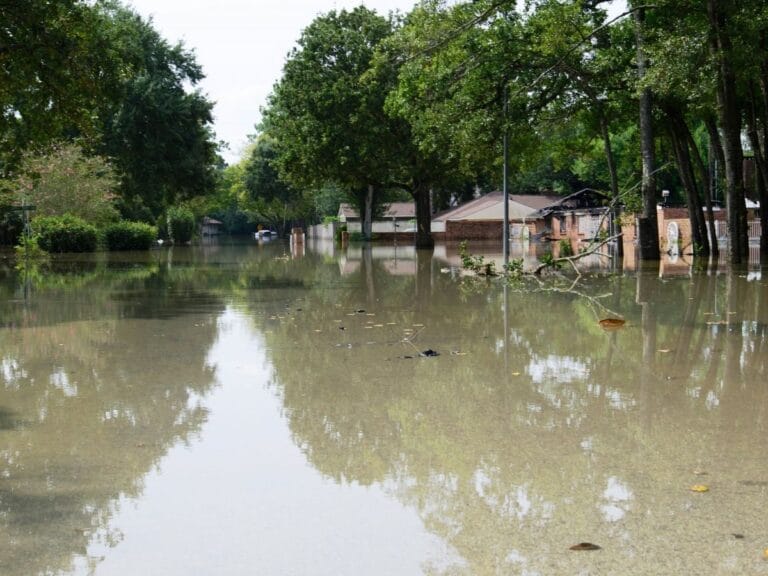Senators Urge FEMA to Improve BRIC Funding Criteria, Distribution

After two rounds of funding and roughly $1.5 billion in awards, FEMA’s Building Resilient Infrastructure and Communities program (BRIC), the middle of the country has received relatively little funding. It’s an issue that’s caught the attention of two U.S. Senators who earlier this month wrote a letter to FEMA Administrator Deanne Criswell calling on the agency to improve the funding distribution for BRIC.
In the Sept. 15 letter, Sen. Tammy Baldwin (D-WI) and Sen. John Hoeven (R-ND) outlined their concerns “that the technical criteria put forth by FEMA has placed inland communities at a serious disadvantage” and recommended changes to ensure a more equitable distribution of competitive grant funding to inland communities. The letter also notes that the technical criteria appears to take a narrow view of resilience efforts — recognizing communities that have adopted recent versions of the International Building Code (IBC) and the International Residential Code (IRC), while ignoring other categories like strong state floodplain management practices and participation in the Community Rating System (CRS).
“We ask that you consider other mitigation practices, like land use practices, hazard-specific zoning practices, and enhanced statewide mitigation plans, to provide a more complete assessment of the efforts already taken by non-coastal states,” Sens. Baldwin and Hoeven wrote. “Finally, we believe you should consider raising the state/territory and tribal set-aside allocations in BRIC in order to give states, territories, and tribes the resources they need to respond to the mitigation priorities of their local communities.”
“ASFPM supports efforts to modify BRIC to not only recognize and reward state floodplain management standards that go beyond NFIP minimums delivering more effective flood loss reduction than even the most modern building codes, but also to recognize that all states and territories have critical hazard mitigation priorities,” said Chad Berginnis, ASFPM’s Executive Director. “Increasing the state set-aside can bring more balance to the BRIC program and ensure that state priorities are being met. We applaud Senator Baldwin and Senator Hoeven’s efforts to shed light on this issue.”
Analysis of funding distribution to date
Since the BRIC program launched two years ago with the goal to help state and local governments pay for mitigation projects that protect their communities from flooding, wildfires, and other natural hazards, the coastal states have received the lion’s share of the funding. Analysis by E&E News found that two-thirds of the money has gone to seven states (California, Florida, New Jersey, New York, North Carolina, Washington, and the District of Columbia).
Meanwhile, Headwater Economics notes that some of the lower capacity states with lots of rural communities struggle to compete. For example, Tennessee and West Virginia each received a little more than $530,000 in two years, despite frequent flood events. (See Headwaters Economics Rural Capacity Index)
ASFPM continues to hear from members voicing concerns over the complex application process and a significant bias toward large infrastructure projects. In November 2021, the ASFPM board unanimously passed a resolution that outlines what the association believes are shortcomings of the grant program and makes detailed recommendations on how the program could be improved.
Although the slate of FY2021 grant recipients announced in August shows some improvement, when one state (California) receives nearly 23% of the funding, there’s clearly more work to be done to ensure the money is distributed throughout all types of communities, particularly those with limited resources. ASFPM is hopeful that given the tremendous influx of mitigation funding ($2.3 billion for BRIC in FY2022) and the stated commitment to prioritize support for disadvantaged communities, next year’s winners will put a greater diversity of communities on a path to reduced flood risk.


